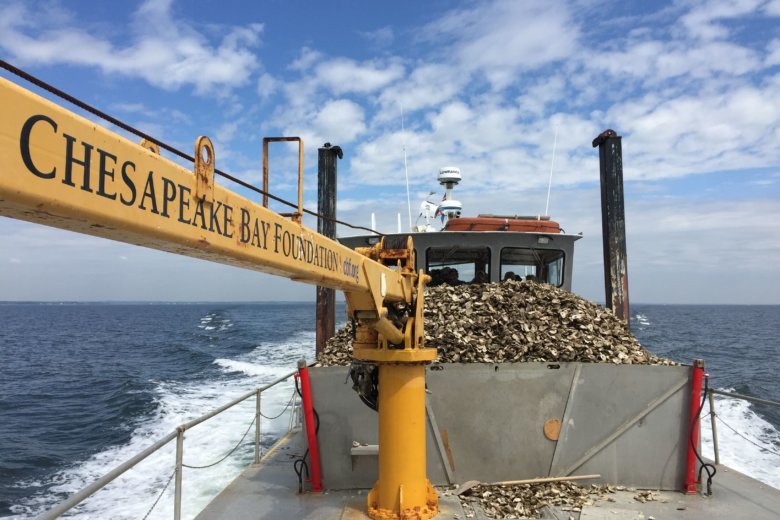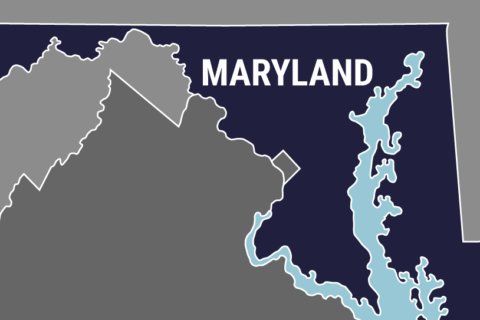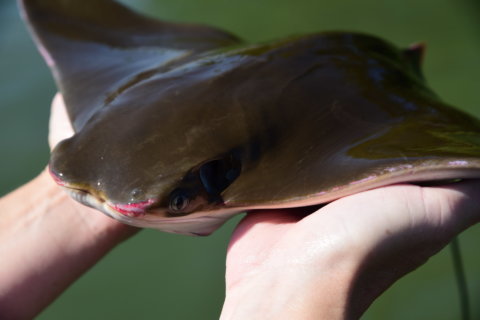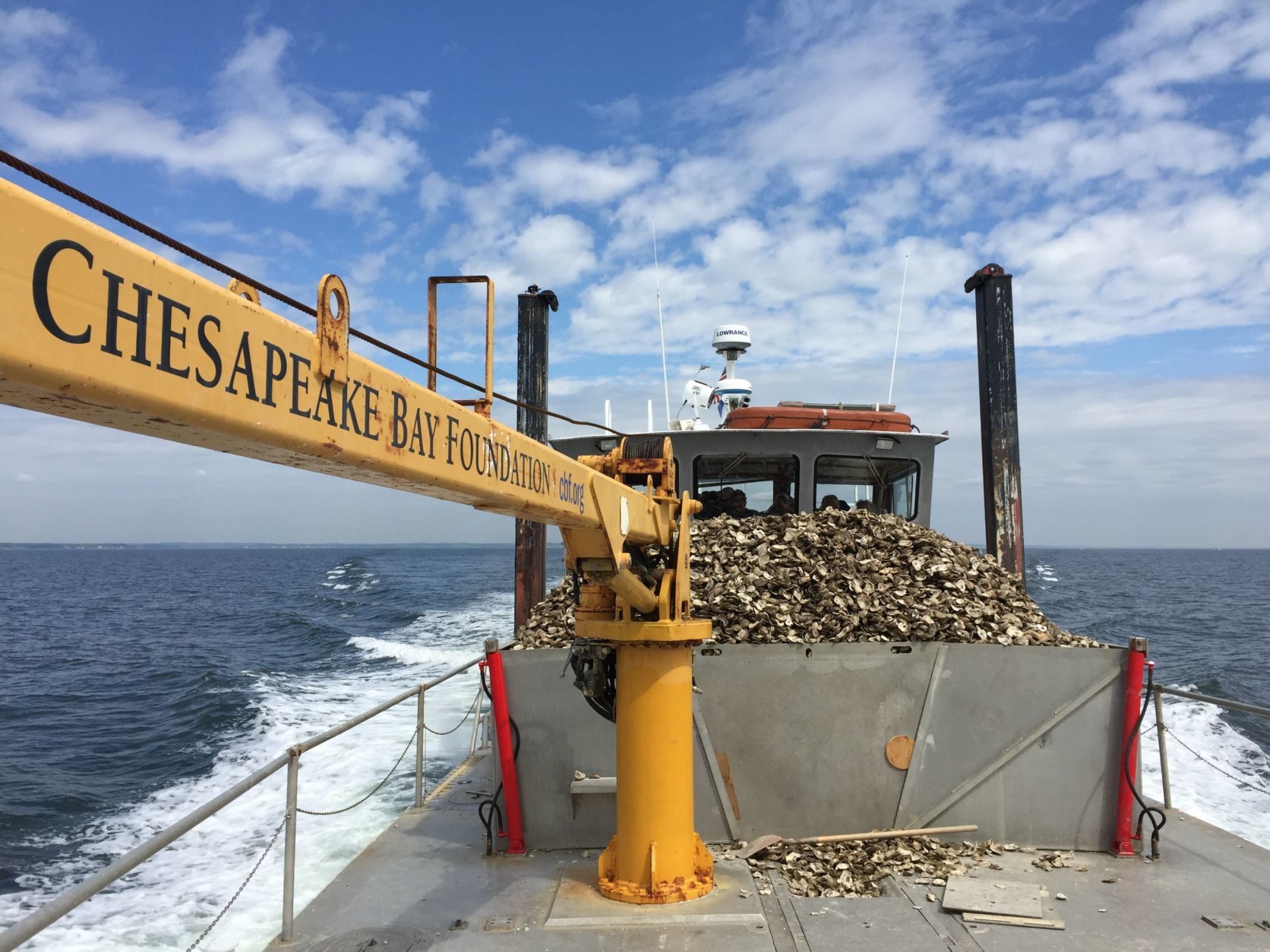
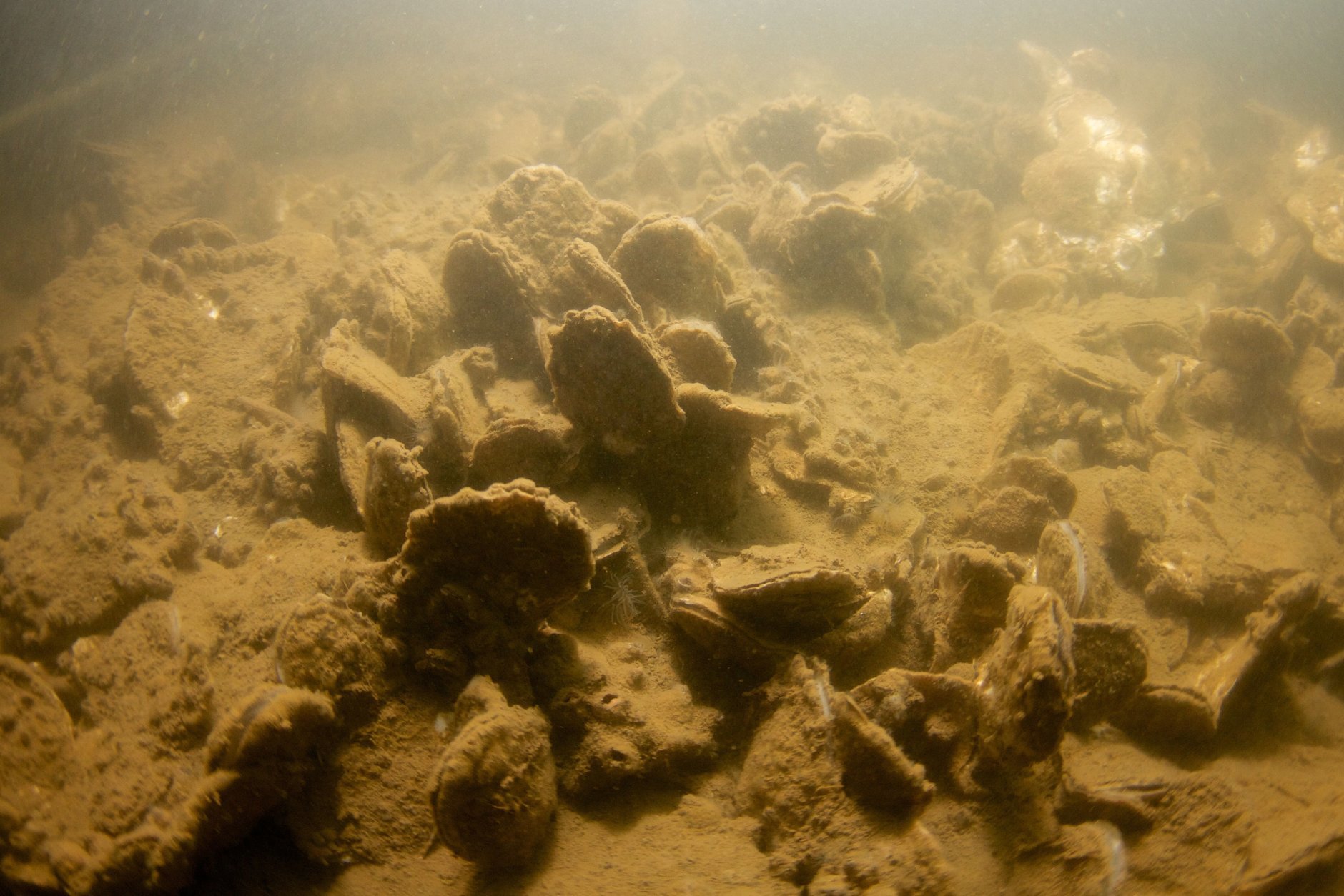
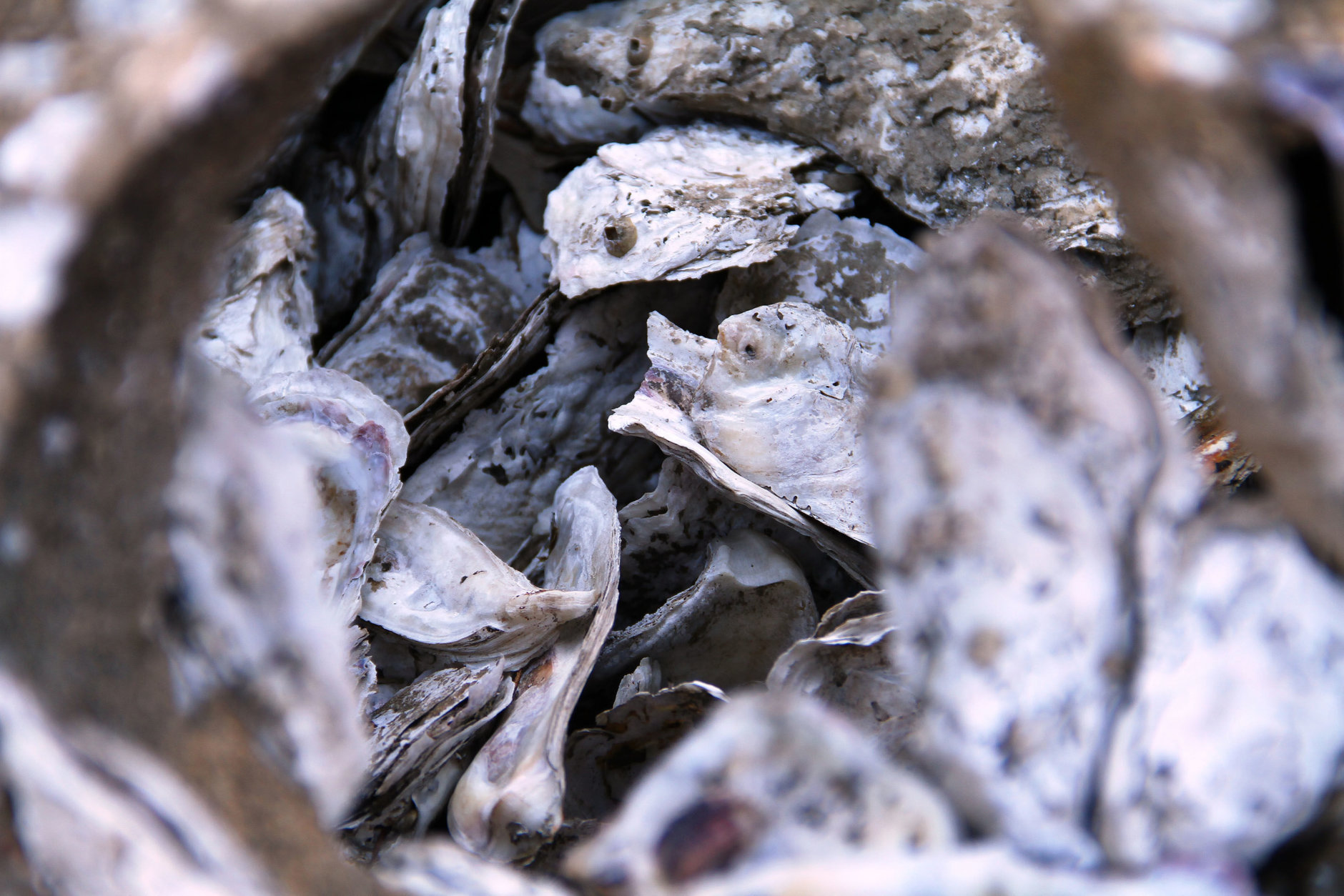
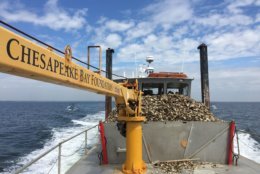
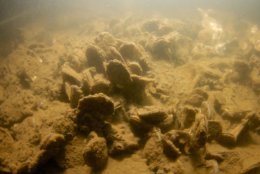
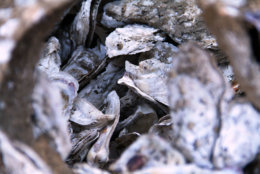
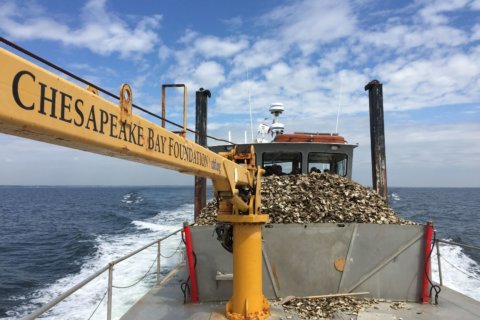
WASHINGTON — It’s officially oyster season in Maryland and parts of Virginia as of Monday, but the bivalve’s status remains in question after a potentially damaging summer of heavy rains.
“We do have some concerns for the oyster population — seeing all the freshwater that’s come into the bay over this summer,” said Allison Colden, Maryland fisheries scientist for the Chesapeake Bay Foundation. “Oysters require a certain amount of salinity to survive. They’re a brackish water species.”
In areas of the upper Bay, where Colden said salinity levels already are low, the summer rains may have proved fatal for some oysters. Even oysters in Virginia that are closer to the ocean may have suffered.
“They have been seeing some issues with the freshwater coming down the Bay in Virginia as well,” Colden said, while noting that Virginia oysters aren’t living right on the edge of their salinity tolerance. “They can handle a little more of that freshwater dilution before they reach a level that would be harmful.”
The degree to which populations might have been impacted will become evident as watermen begin to harvest oyster beds over the coming months.
“If they’re seeing lots of oysters that have died, they’ll be able to tell how recently those oysters have passed. And we’ll be able to see from the harvest coming out of the fishery whether or not there’s been a large negative impact with that freshwater input,” Colden said.
Maryland currently is preparing its first-ever stock assessment of oyster populations to learn whether management strategies over the past two to three decades are resulting in populations that are growing, shrinking or staying about the same.
Previously, oyster numbers have been based on harvests, which may not reflect the actual size of the population. Oyster harvests can be influenced by unrelated factors such as the economy impacting demand or which resource fishermen choose to harvest.
The oyster count being conducted by Maryland’s Department of Natural Resources (DNR) and the University Of Maryland Center for Environmental Science is expected on Dec.1.
After the stock assessment is presented to Maryland’s General Assembly and the science is evaluated, the DNR will create a new management plan and strategies relative to what the count reveals.

